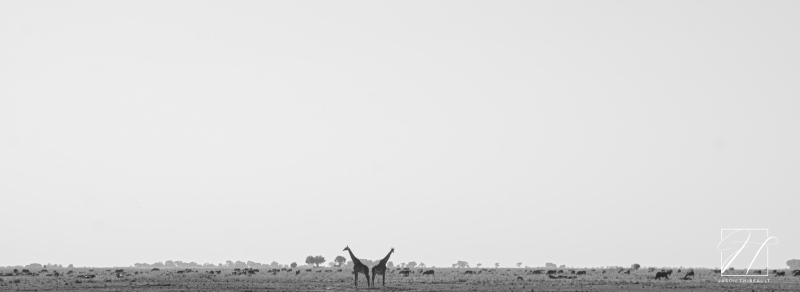Photography, like all art forms, is highly subjective. While some may find a cluttered cityscape or bird captured in flight beautiful, others may not. Such subjectivity applies even to styles within genres: one bird picture may inspire some and not others.
For my photography, I have gradually moved in the direction of minimalism. Although I do appreciate other genres of photography, I have found for myself that “less is more.” I have always been fascinated with what is unsaid, not so much with what is expressly stated. This is also reflected in my fiction and poetry. I often opt for very few words, although carefully chosen, as much for austerity as for empowering the reader (or viewer) to draw their own conclusions and find their own meaning.
Many of my photographs focus on one or more of the core tenants of minimalism (as established in the 1960s movement): austerity, use of negative space, scale, and isolation. Although I do shoot other subjects (very rarely do I photograph people), the bulk of my shot composition focuses on that simplicity. I will utilize different focal lengths and physical camera angles to capture the shot in a minimalistic style.
So much in life is overbearing. We are fed a deluge of information and imagery every second of every day. Ads, video content, news articles, blog posts, podcasts. The world is awash with visual, auditory, and written information. I feel that by focusing the composition of my shots on less, sometimes so much so as capturing smaller elements of larger subjects, I force the viewer to fill in the blanks, to imagine what is not captured, to shape the meaning of the picture according to their own needs. In this way, the “art” which is created is a symbiotic relationship between photographer and consumer.
The question “is the image beautiful” is no longer important. What’s important is asking the question, “what does this mean to me?”

